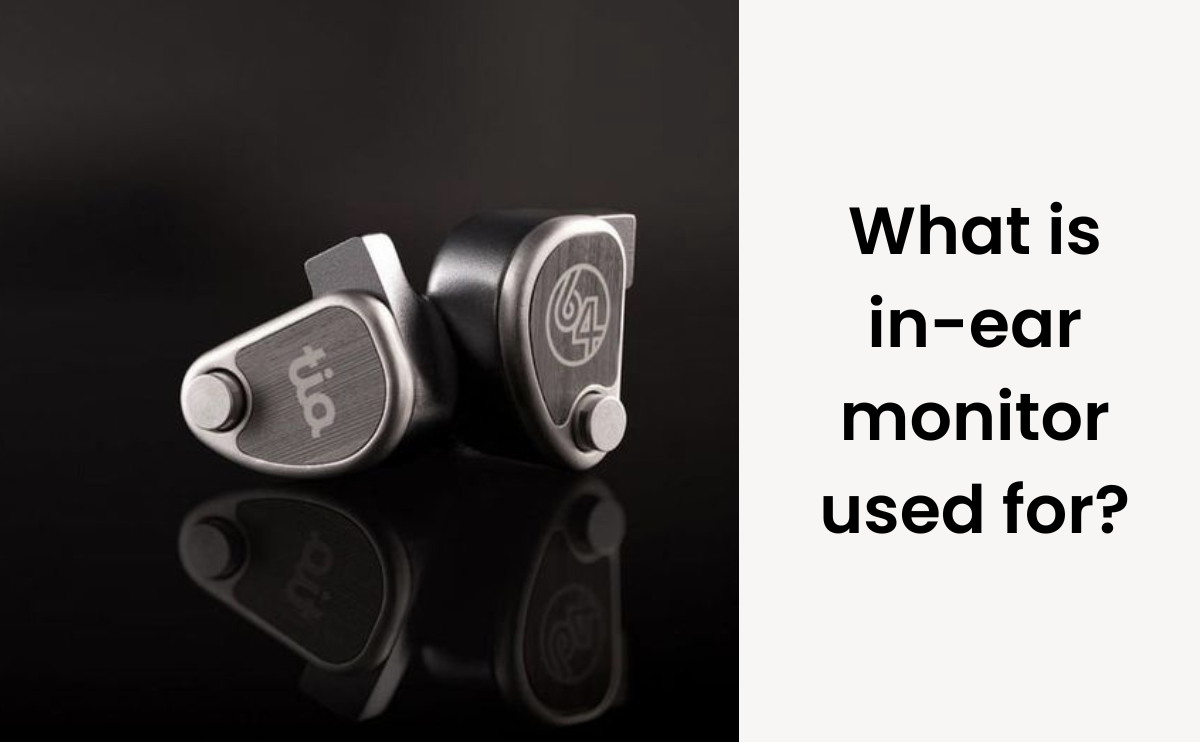If you have ever attended a concert or live performance, you may have noticed the musicians wearing small earpieces. These earpieces are called in-ear monitors (IEMs), and they serve an important purpose in the music industry. In this blog, we will explore what in-ear monitors are and what they are used for, including how they are also used by audiophiles and music enthusiasts.
What Are In-Ear Monitors?
In-ear monitors are small earpieces that are worn by musicians, sound engineers, and other professionals in the music industry. They are designed to provide a personalized audio experience, allowing the wearer to hear themselves and their surroundings clearly and accurately.
In addition to being used by professionals, in-ear monitors are also popular among audiophiles and music enthusiasts. These individuals often invest in high-quality in-ear monitors to enhance their listening experience and to hear music in a way that is closer to the original recording.
How Do In-Ear Monitors Work?
In-ear monitors work by using a combination of drivers and filters to create a customized audio experience. The drivers are small speakers that are housed inside the earpiece, and they are responsible for producing the sound.
The filters, on the other hand, are used to adjust the frequency response of the drivers, ensuring that the wearer can hear all of the important elements of the music clearly. By adjusting the filters, it is possible to create a personalized audio experience that is tailored to the individual wearer.
What Are In-Ear Monitors Used For?
In-ear monitors are used for a variety of purposes in the music industry. One of the primary uses is for live performances. Musicians can use in-ear monitors to hear themselves and their bandmates more clearly on stage, allowing for greater accuracy and control over the performance.
In-ear monitors are also used in recording studios, where they can help to isolate individual tracks and ensure that each element of the music is recorded accurately. They can also be used by sound engineers to monitor sound levels and make adjustments in real-time.
For audiophiles and music enthusiasts, in-ear monitors are used to enhance the listening experience. By using high-quality in-ear monitors, individuals can hear music in a way that is closer to the original recording and pick up on nuances and details that may be missed with standard headphones or speakers.
Benefits of In-Ear Monitors
There are several benefits to using in-ear monitors in the music industry and for personal listening. One of the biggest advantages is the ability to customize the audio experience. With in-ear monitors, each wearer can adjust the volume and frequency response to suit their individual needs.
In-ear monitors can also help to prevent hearing damage, as they allow for lower volume levels and greater control over the audio experience. Additionally, they are more portable and less obtrusive than traditional stage monitors or larger headphones, making them a popular choice for music enthusiasts on-the-go.
Conclusion
In-ear monitors (IEMs) are an essential tool for musicians, sound engineers, and other professionals in the music industry. They also provide an enhanced listening experience for audiophiles and music enthusiasts who value high-quality audio. With the ability to customize the audio experience, prevent hearing damage, and enjoy music in a more personalized and immersive way, in-ear monitors are a valuable investment for anyone who loves music.




















